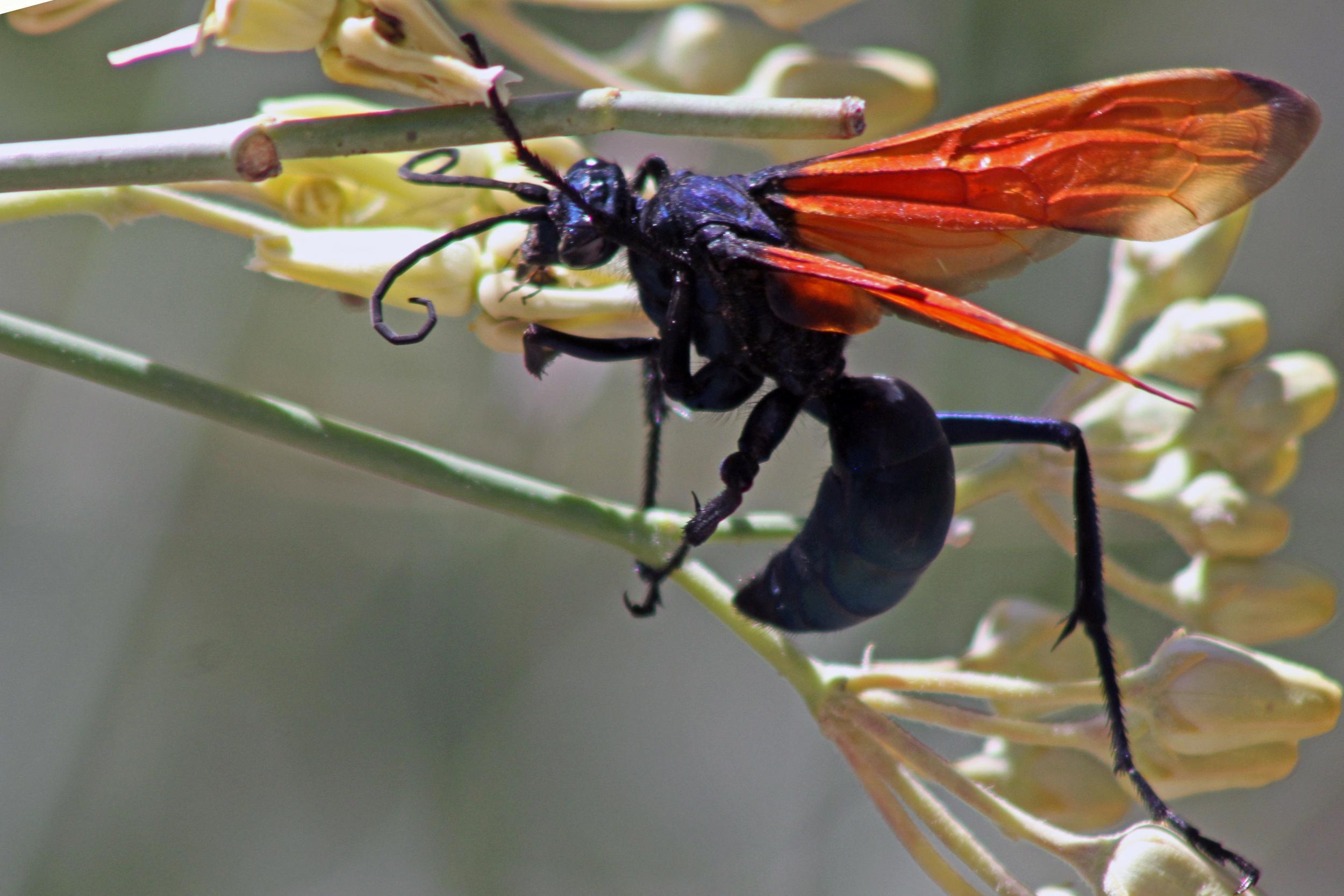What experts have to say about apparently Chrissy Teigen playing with a tarantula hawk
The tarantula hawk has the most painful sting in the world
Your support helps us to tell the story
From reproductive rights to climate change to Big Tech, The Independent is on the ground when the story is developing. Whether it's investigating the financials of Elon Musk's pro-Trump PAC or producing our latest documentary, 'The A Word', which shines a light on the American women fighting for reproductive rights, we know how important it is to parse out the facts from the messaging.
At such a critical moment in US history, we need reporters on the ground. Your donation allows us to keep sending journalists to speak to both sides of the story.
The Independent is trusted by Americans across the entire political spectrum. And unlike many other quality news outlets, we choose not to lock Americans out of our reporting and analysis with paywalls. We believe quality journalism should be available to everyone, paid for by those who can afford it.
Your support makes all the difference.While on vacation with her family, Chrissy Teigen shared a video of herself and two-year-old daughter Luna playing with a large-winged bug - and the internet managed to convince the model it was extremely dangerous.
In the video, uploaded to her Instagram story, Teigen can be heard asking her daughter whether it is a “nice” bug and if the toddler wants to give it a kiss - as the huge insect can be seen crawling up Teigen's arm.
The mother-of-two captioned the video: “I swear to god if one of you tells me this is a deadly bug I will vomit,” which prompted numerous people to do just that.
Replying to the model on Twitter, people informed Teigen that the bug she had been playing with was actually a type of spider wasp called a tarantula hawk.
“No biggie, just a tarantula hawk wasp that can put your arm in a state of paralysis when stung by,” one person responded.
Effectively frightening Teigen, she then asked Twitter if there was an “entomologist here,” after realising she may have “just gently played with a hornet.”
According to the Natural History Museum, tarantula hawks have one of the “most painful stings on the planet” and are named after their habit of hunting tarantulas, which they do by piercing the tarantula with a “sharp, curved sting,” and injecting venom that paralyses but keeps the spider alive.
Upon capturing and paralysing the tarantulas, the wasp then lays an egg in the spider’s body - which eventually hatches and feasts on the still-living spider.

If you are stung by the bug, biologist Ben Hutchins previously told Wired you should just “lie down and start screaming, because few, if any people could maintain verbal and physical coordination after getting stung by one of these things.”
Fortunately, it appears Twitter was collectively wrong in identifying the huge insect.
According to Gwen Pearson, the educational outreach coordinator for the Purdue Department of Entomology, it was not a tarantula hawk, but more likely a paper wasp.
“The behaviour is wrong, the body is wrong and the size is wrong,” Pearson told The Washington Post.
James Pitts, a biology professor at Utah State University, agreed, telling the newspaper that tarantula hawks have a “taller thorax, longer legs and wings that are folded lengthwise.”
Paper wasps, in comparison, are relatively harmless - although they can sting, according to Penn State University's Department of Entomology.
So despite the more than 25,000 likes and 800 comments on Teigen’s post, it turns out she was never in danger after all.

Join our commenting forum
Join thought-provoking conversations, follow other Independent readers and see their replies
Comments